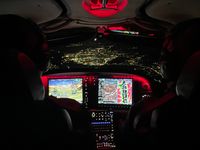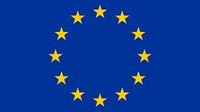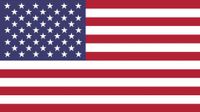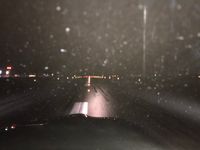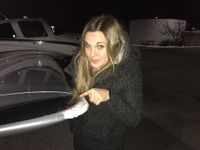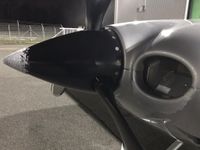IFR Refresher & Training - Munich & Salzburg
IFR Refresher: IMC / Night / Icing / Mountains*
During the very demanding IFR Refresher or Training, the experienced IFR instructor & examiner Michael Hochenrieder will take you to your "personal limit". In a safe training environment*, limits are specifically explored and expanded. The training location Salzburg (LOWS) offers excellent conditions for this:
- Complex (Mountain) IFR procedures in Salzburg & Innsbruck (e.g. LOC/DME, RNP, ILS) with partly extremely complex "Missed Approaches"
- Challenging, conventional IFR approaches in Linz (e.g. VOR, DME, NDB)
- Frequently fast changing weather conditions, partly with icing
- Night IFR training until 22.00 local
*This type of refresher training is offered in Single Engine Piston (SEP) aircraft exclusively on the Cirrus SR22T FIKI type.
EASA Competency based IFR (CB-IR)
With the introduction of EU Regulation 1178/2011, the acquisition of the instrument rating has been significantly simplified. Thereby the learning effort / number of exam questions was reduced by approx. 40%.
The theory training is self-study (web-based training) with 1 day of individual classroom training.
Of the required 40 hours of practical training, 30 hours can now be completed on your own Cirrus (with an EASA Instrument Flight Instructor). The remaining 10 hours are then trained via a partner ATO (Authorized Training Organization) on a Cirrus SR22T or an FNPT-II or a MultiEngine aircraft.
EASA Basic IFR (BIR)
BIR is the successor to EIR (Enroute IFR) and allows IFR departures and approaches in addition to enroute IFR, but with higher minimums (minimum ground visibility 1,500 meters; cloud base for takeoffs min. 600 feet; decision altitude for approaches: +200 feet above the published minimums for CB-IR).
In return, the scope of theory has been "streamlined" even further compared to the CB-IR (approx. 1,400 questions for BIR compared to the CB-IR with approx. 4,400 questions). A later upgrade to CB-IR is also possible on the basis of the BIR.
Limitation: However, the BIR rating may only be exercised in EASA countries.
More info on the BIR rating at the Austro Control Season Opener talk.
FAA Instrument Rating Training in Europa
The FAA IFR rating authorizes the holder to operate N-registered aircraft as pilot-in-command under instrument flight rules. The prerequisite for this is a valid U.S. pilot certificate (acquired independently or as part of a validation of an existing EASA license).
During the FAA training, the essential contents of the theoretical training are repeated (in advance, self-study with a renowned online provider, e.g. Sportys Instrument Rating Course, is required) as well as the practical procedures on the own Cirrus or in the Cirrus SR22T or an FNPT-II are trained.
Well prepared, European IFR students then need approx. 1 to max. 2 weeks in the USA in order to successfully pass both the written test and the practical test ("checkride") after a short on-site training.
Various professional partner Cirrus Training Centers in different US states (e.g. New York, Florida, Tennessee, California, Denver, Minnesota, Massachusetts etc.) can be recommended upon request.
After 50 IFR hours as PIC, the FAA IR rating can be rewritten to an EASA IR rating as part of a skils test (without a written EASA exam).
Key objectives of the IFR training
The main focus of IFR training is on the following areas
- Positive Aircraft Control, especially in IMC / Night
- IFR procedures / performance based navigation, e.g. RNP approaches (LNAV, L/VNAV, LPV)
- Abnormal & Emergency Procedures
- Automation Management
- Avionics Training
- Bad weather training
If possible, the majority of IFR training flights are conducted in bad weather (IMC or at night) and, depending on the aircraft equipment, in "known icing conditions" to achieve maximum training success.
IFR training can of course be conducted on other aircraft types (e.g. Cessna, Piper or Diamond) in addition to Cirrus in the various avionics configurations (e.g. Avidyne Entegra, GNS/GTN, Perspective, Perspective+).
